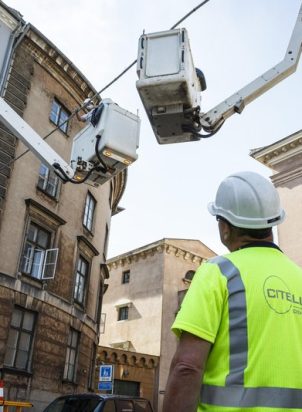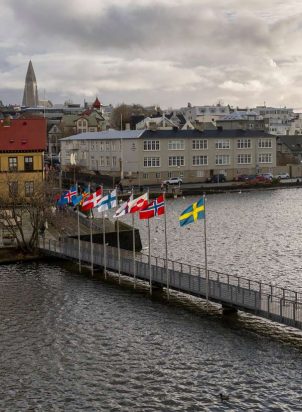The municipality of Botkyrka south of Stockholm was the first municipality in Sweden to promote interculturalism and celebrate differences. A new study from Nordregio shows that innovative policies and measures seem to have paid off: In Botkyrka negative trends have been reversed. The child poverty rate is decreasing and the demand for newly constructed dwelling has increased.
Urban poverty and social exclusion is rarely the result of a single phenomenon but merely of socio-economic patterns, discrimination, access to housing, the built form, transportation and social networks. According to a new study by Nordic research institute Nordregio, the role of public institutions is crucial in resolving these issues. Although Botkyrka continues to face these problems its innovative policies and initiatives appear to be paying dividends.
There is a strong north–south divide in Botkyrka: South Botkyrka is characterized by higher income and employment levels, as well as by a larger percentage of people with an ethnic Swedish background. North Botkyrka has a lower median income level and a very high percentage of residents with a foreign background. Botkyrka Municipality decided to celebrate the differences and it is the first municipality in Sweden to promote interculturalism. That approach is conducted by co-operating broadly with both public actors such as the Library in Hallunda and community groups offering language courses, vocational training and guidance on how to start a small business – especially for women.
Cultural understanding is integrated into the school system through new pedagogical approaches and language training for teachers. There have also been strong efforts to engage young people through accessible sports, exchange programs and summer employment opportunities.
There are a number of prominent indications that these efforts are having positive impacts on residents, e.g. of the 30 municipalities with the highest rates of child poverty in Sweden, Botkyrka was one of only two where the trend was reversed and the rate declined between 2005 and 2010. In addition child poverty decreased from 29.6 percent in 2000 to 15.5 percent in 2012. Furthermore, the demand for newly constructed dwelling has increased. This is further accentuated in a recent article in the daily newspaper Dagens Nyheter (15th of September 2015), where statistics show that the highest price raises for bought apartments are found in Botkyrka.
The new study is published in the peer reviewed journal Local Economy, and is a part of the ESPON project The Territorial Dimension of Poverty and Social Exclusion in Europe focused on urban segregation in the Municipality of Botkyrka.



